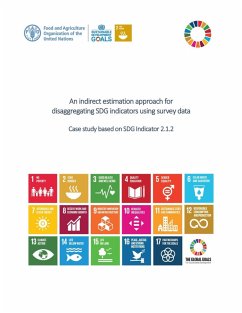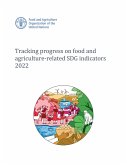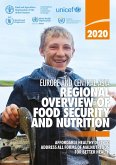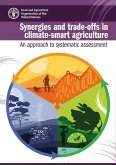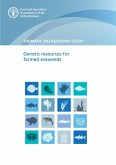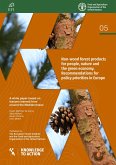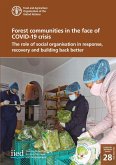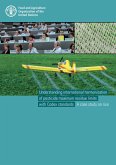This technical report presents a case study based on the so-called "projection estimator", allowing the integration of two independent surveys for the production of synthetic disaggregated estimates. In particular, the publication presents a practical exercise focused on the production of disaggregated estimates for SDG Indicator 2.1.2, on the Prevalence of Moderate or Severe Food Insecurity in the population based on the Food Insecurity Experience Scale (FIES). This application based on survey microdata from Malawi expands and enriches the brief practical exercise presented in the Guidelines.
Dieser Download kann aus rechtlichen Gründen nur mit Rechnungsadresse in A, B, CY, CZ, D, DK, EW, E, FIN, F, GR, H, IRL, I, LT, L, LR, M, NL, PL, P, R, S, SLO, SK ausgeliefert werden.

